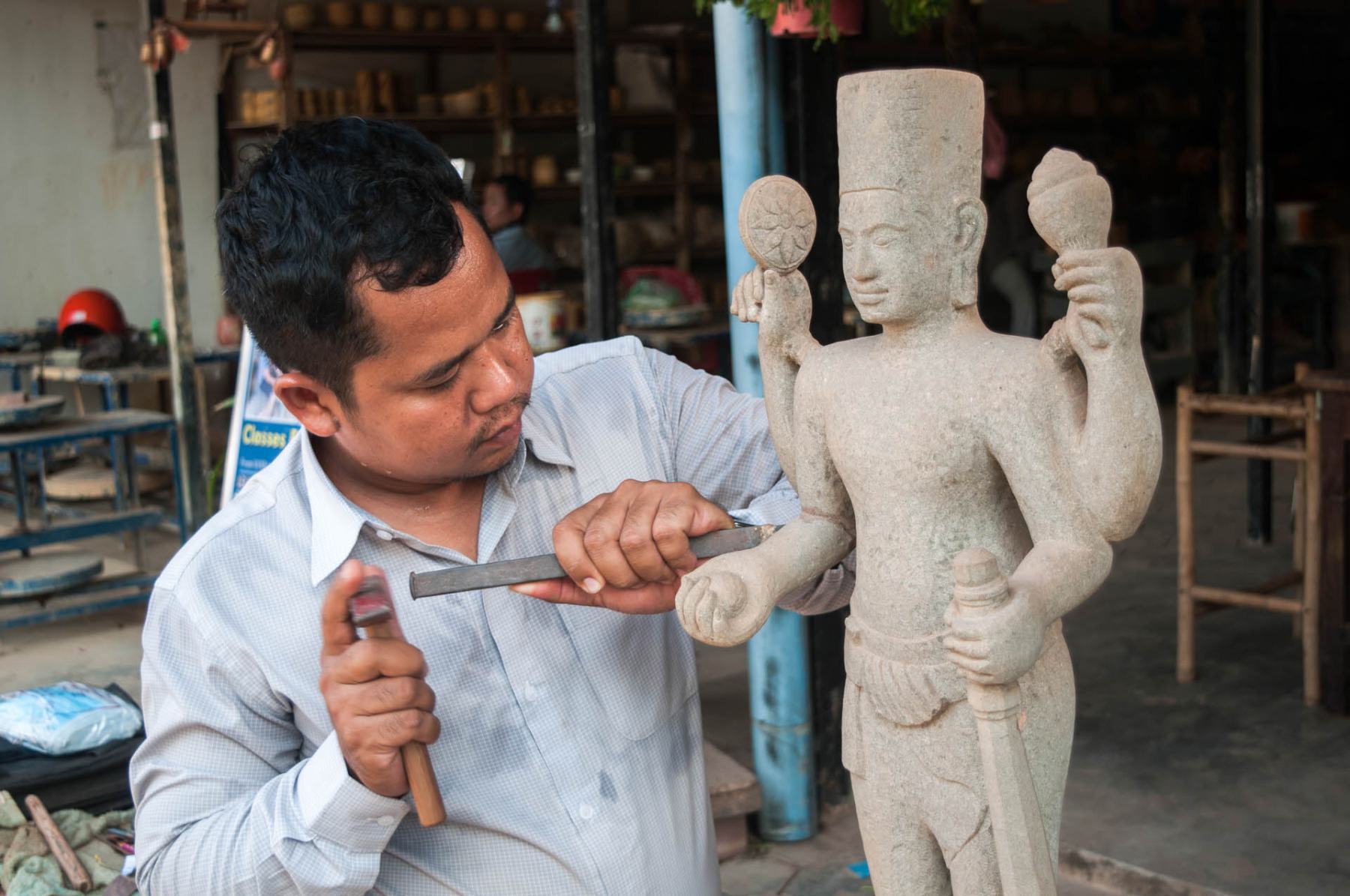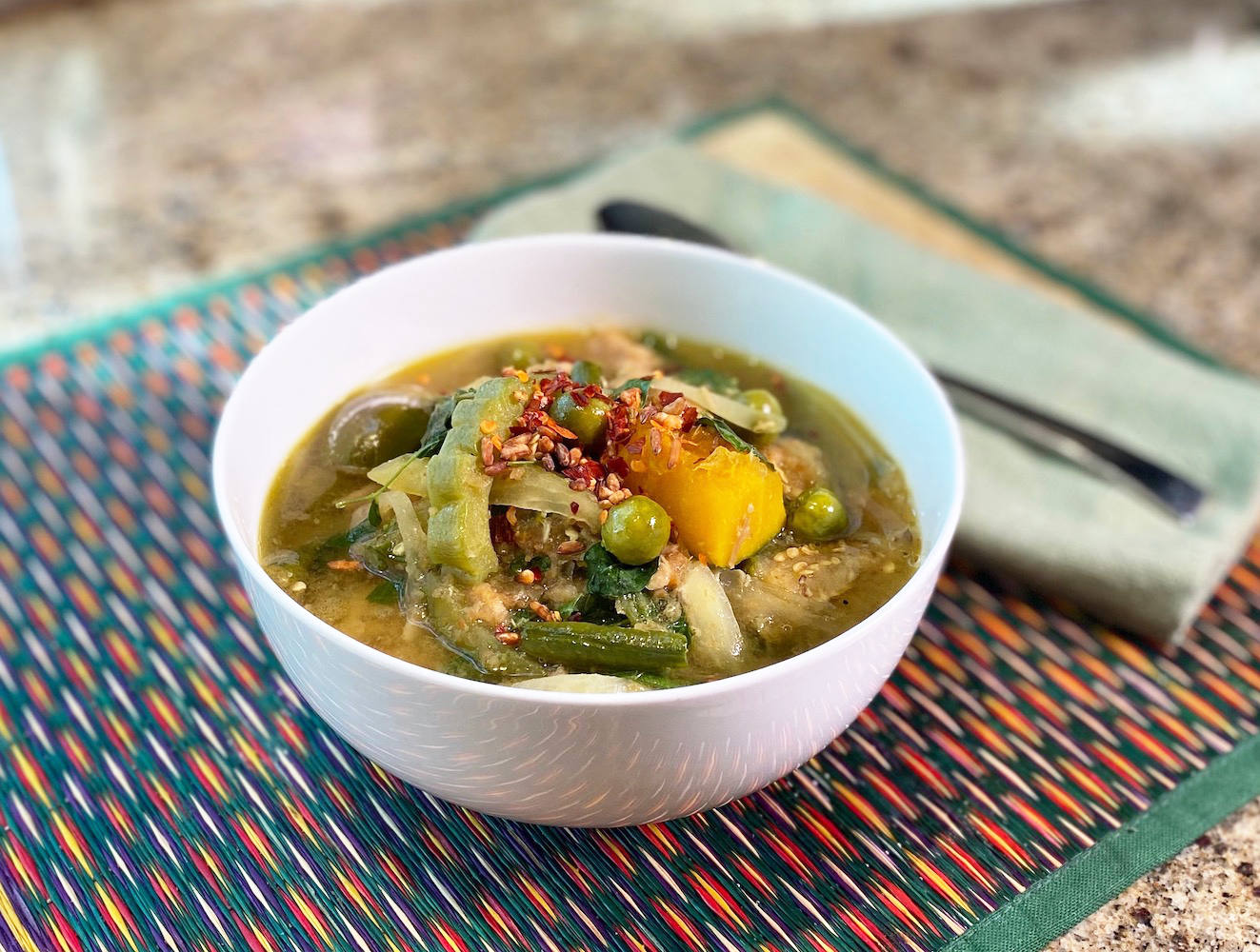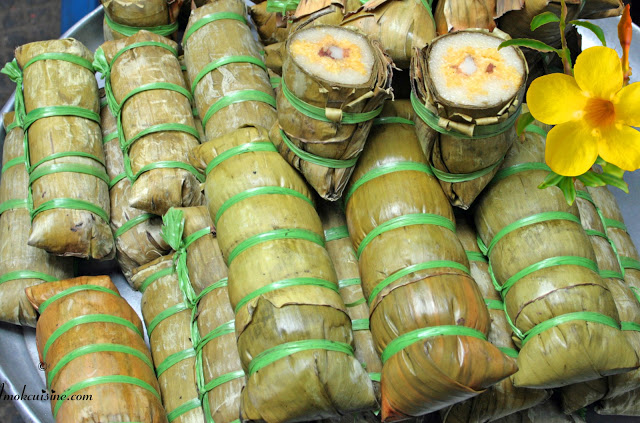Lacquerware in Cambodia
Discover the intricate craftsmanship behind Cambodia’s traditional lacquerware, a blend of artistry and utility.

Introduction
Cambodian lacquerware is a traditional craft that combines beauty and functionality. Known for its vibrant
colors and intricate patterns, lacquerware items include decorative boxes, bowls, trays, and statues. This
craft reflects the creativity and skill of Khmer artisans and remains a treasured part of Cambodia’s
cultural heritage.
Pro Tip: Lacquerware makes an excellent souvenir and supports local artisans.
Historical Roots
Lacquerware has a long history in Cambodia, influenced by Chinese and Southeast Asian traditions. It was
historically used for religious and ceremonial purposes, with monks and royalty being the primary patrons.
Lacquered objects often adorned pagodas, housing sacred relics and enhancing spiritual rituals.
Pro Tip: Visit ancient pagodas to observe original lacquerware in traditional contexts.
Crafting Lacquerware
The lacquerware process involves applying multiple layers of lacquer made from tree resin onto a wooden or
metal base. Each layer is meticulously dried and polished before the next is applied. Artisans then paint
intricate designs or inlay materials like mother-of-pearl or gold leaf for added elegance.
Pro Tip: The drying process is crucial and can take weeks, ensuring the durability of the lacquer.
Modern Applications
While traditional lacquerware focuses on religious and decorative items, modern artisans are creating
functional pieces like jewelry boxes, coasters, and furniture. This adaptation has helped revive the craft,
appealing to both local and international markets.
Pro Tip: Look for lacquerware workshops in Phnom Penh and Siem Reap for authentic pieces.
Preservation and Sustainability
Efforts are underway to preserve lacquerware traditions by training new generations of artisans and
promoting sustainable practices. Using natural resins and eco-friendly materials ensures the craft’s
longevity while minimizing environmental impact.
Pro Tip: Support fair-trade organizations to contribute to the preservation of this endangered art form.












